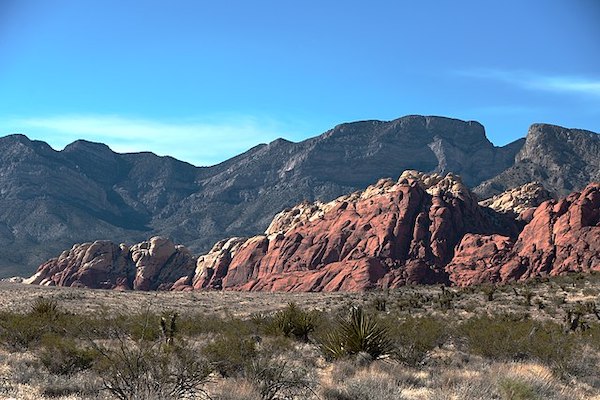
Those Pesky Beavers

We’re following this road past the campgrounds, all the way to Balancing Rock, and we’ll be there in a little over five minutes. While we’re snuggled up in this forest, let’s talk about an important ecological character here in Lake Tahoe…the beaver.
Years ago, a rancher named Charles Fulstone owned many acres of land around Cave Rock. Some of you have already seen that cave along the tour route. The rest of you will pass through it later on!
Anyway, Fulstone tried to get rid of the beavers that were on his property, because he thought of them as pests. But that stunt backfired, because fewer beavers meant fewer beaver dams…which meant more pollutants in Lake Tahoe. Ya see, beaver dams filter the water. No filtration, equals yucky water! More on that in a minute, but first let’s talk about these important creatures.
Beavers are the largest rodents in North America. Adults can weigh up to 50 pounds. With webbed feet that make for good swimming paddles, a beaver uses its wide, flat tail as a rudder. That tail also comes in handy as a warning signal to predators, when the beaver uses it to make noise by slapping the surface of the water.
Beavers have excellent diving skills and can stay underwater for up to 15 minutes. Their ears and nose have flaps that close, and their eyes are protected with a transparent, goggle-like inner eyelid.
With a life span of 10-15 years, beavers mate for life and each year they typically raise one litter of kits, that’s K-I-T-S —typically between one and four babies. At a young age, the kits are taught how to eat leaves, roots, twigs, willows, and aspen bark. But not fish, since beavers are herbivores.
They’re also taught building skills. Your parents may have given you legos to try and build stuff…while beaver parents were teaching their kits how to chomp through trees to build a dam!
So, how exactly do beaver dams help keep Lake Tahoe clean? Let’s take Taylor Creek as an example. Beaver dams will slow the water’s flow while it’s in the creek, trapping sediment and pollutants before that water makes its way into Lake Tahoe. And, as an added bonus, beaver dams give trapped water time to seep into the ground, which helps to replenish the water tables.
No wonder beavers are known as natural engineers!
Alright, let’s check out that geological wonder known as Balancing Rock. After you see it for yourself, I’ll tell you what I think it looks like…and see if you agree! I’ll tell you when to turn.
Want more stories like this?
Check out our Lake Tahoe Tour!























 to fuel your ride
to fuel your ride 
